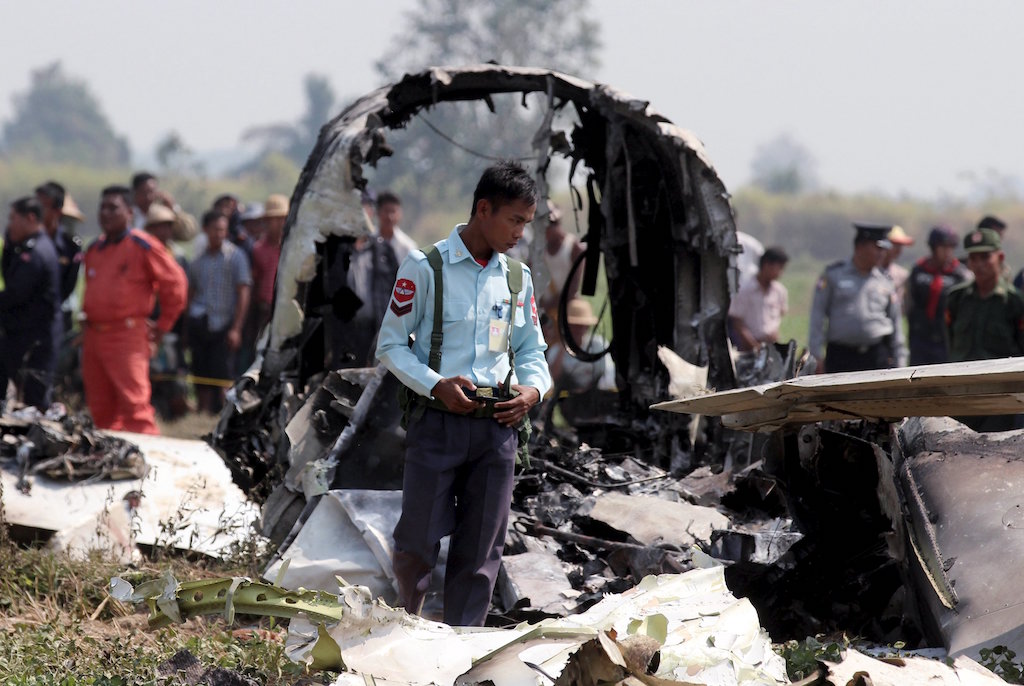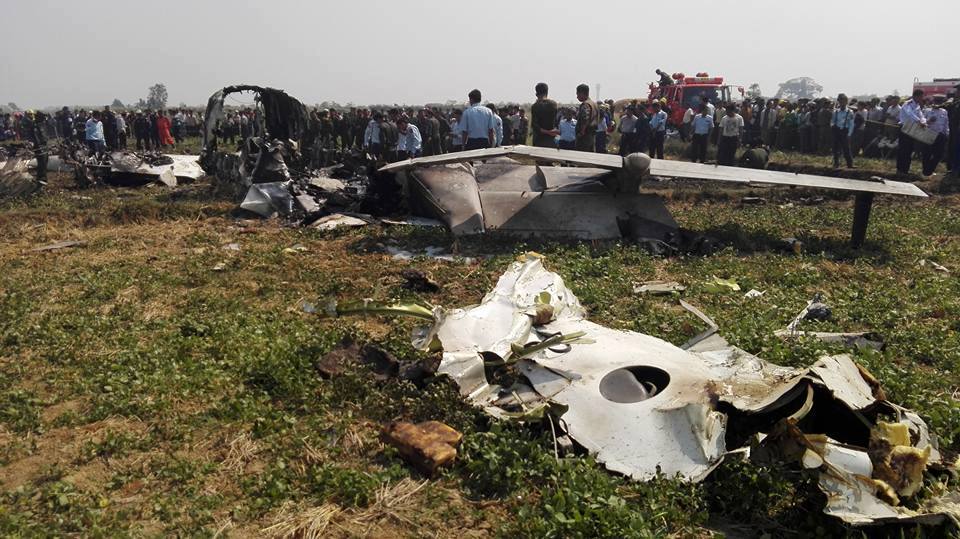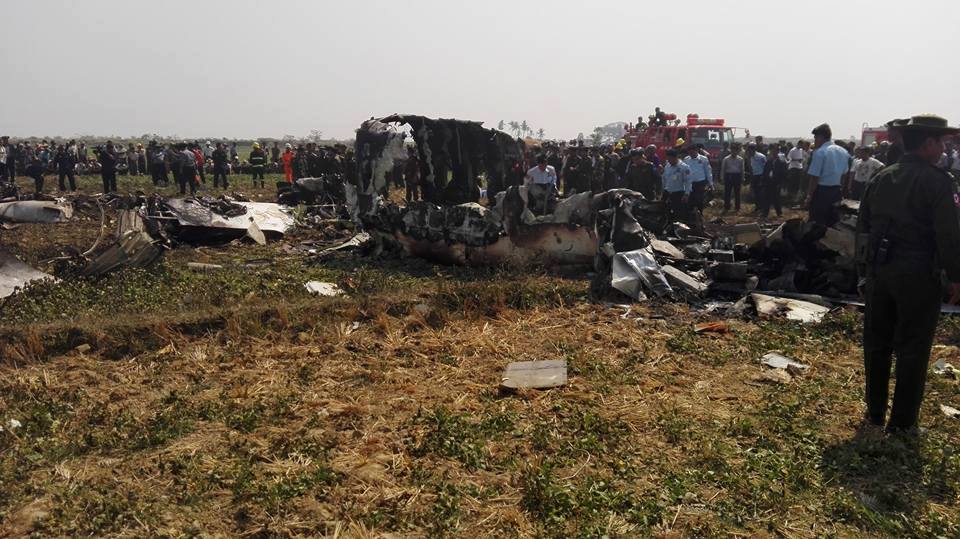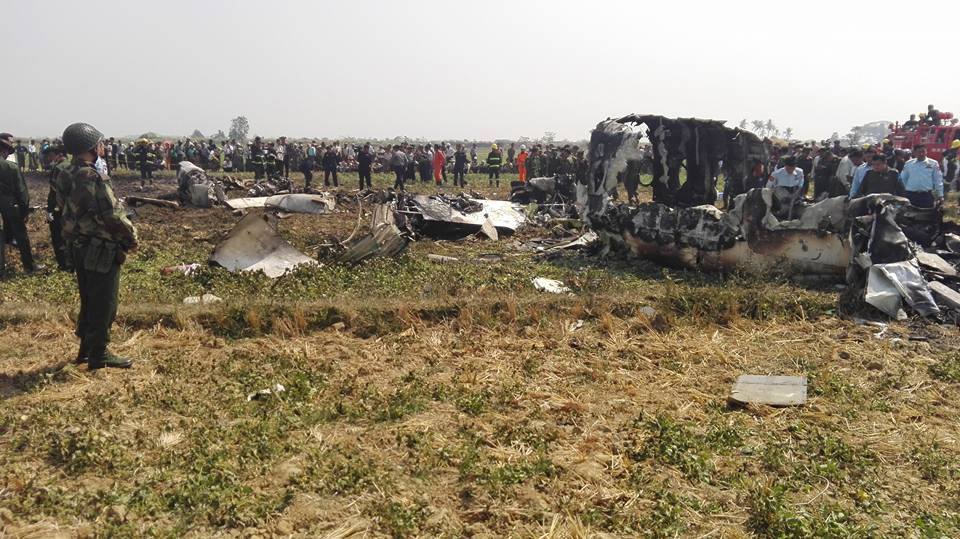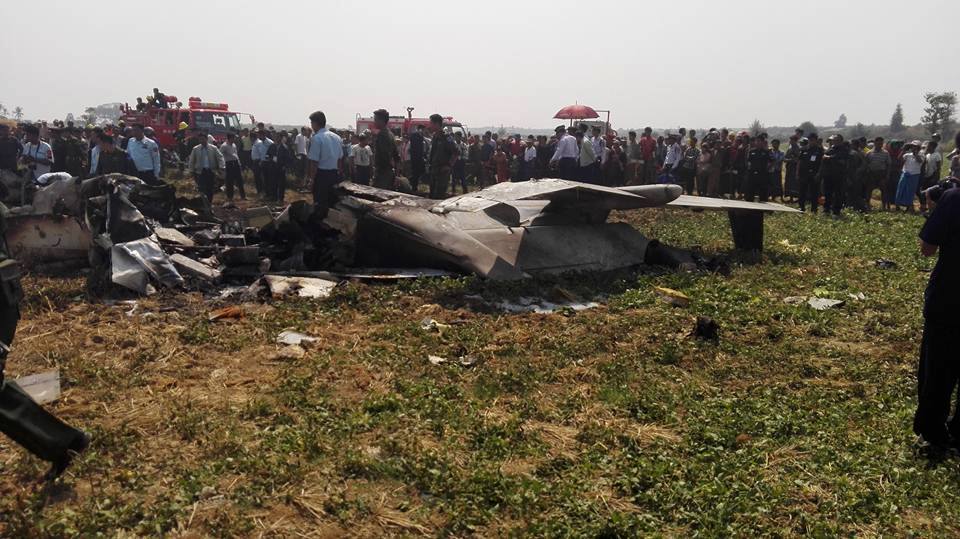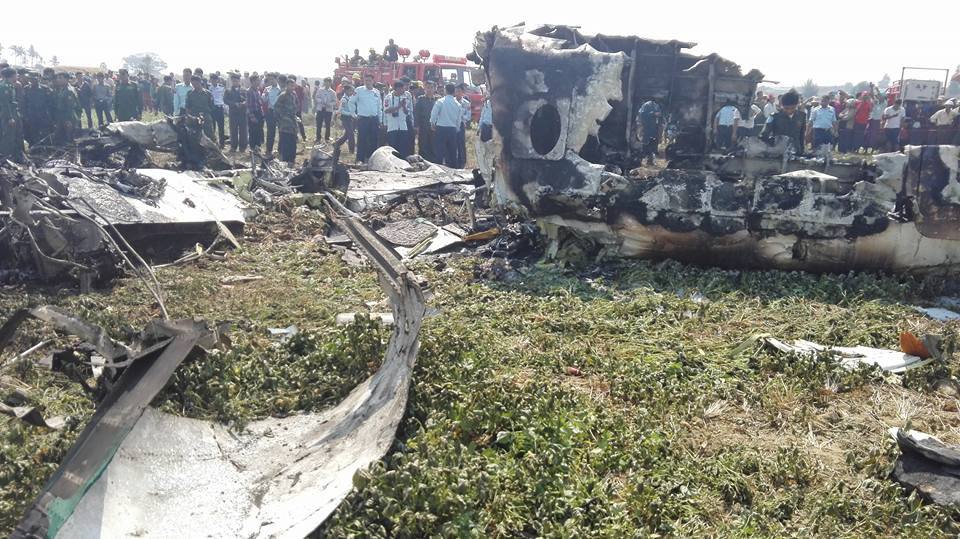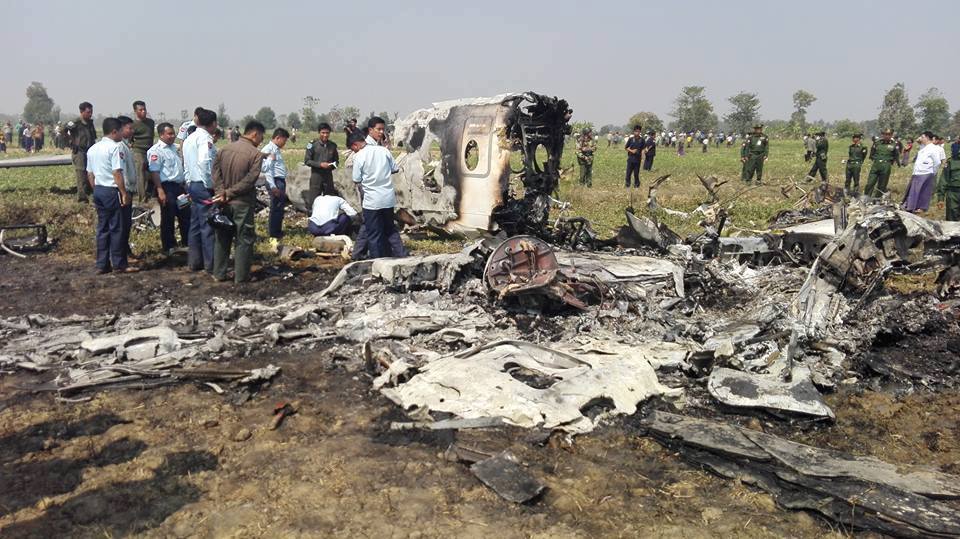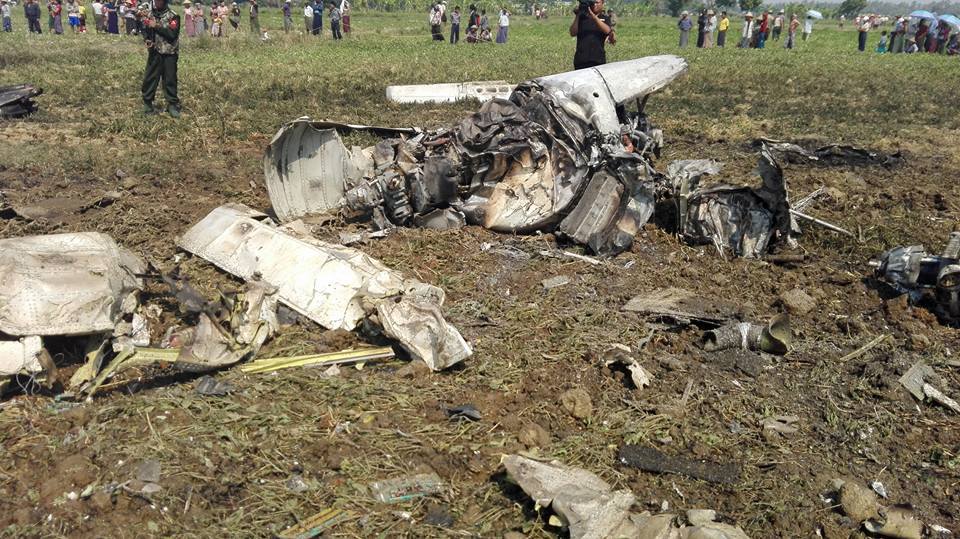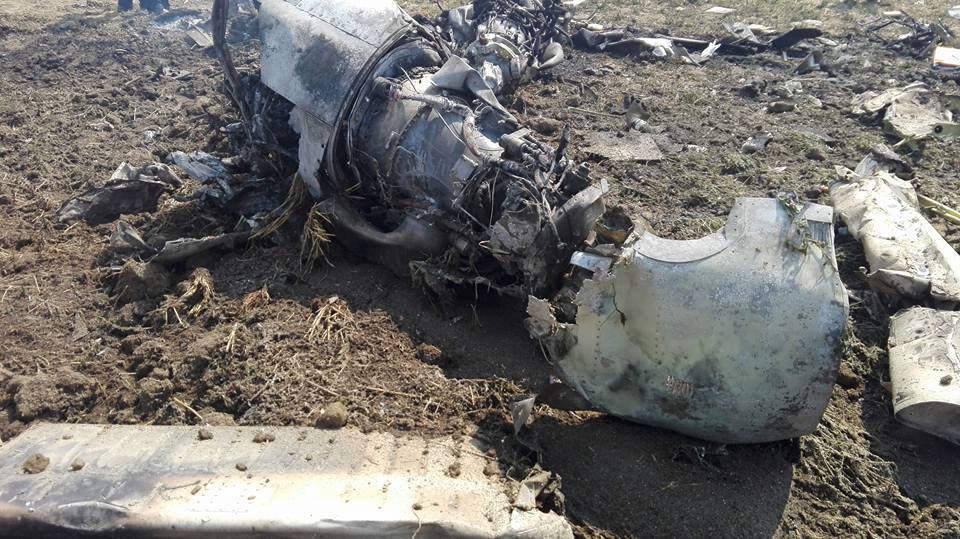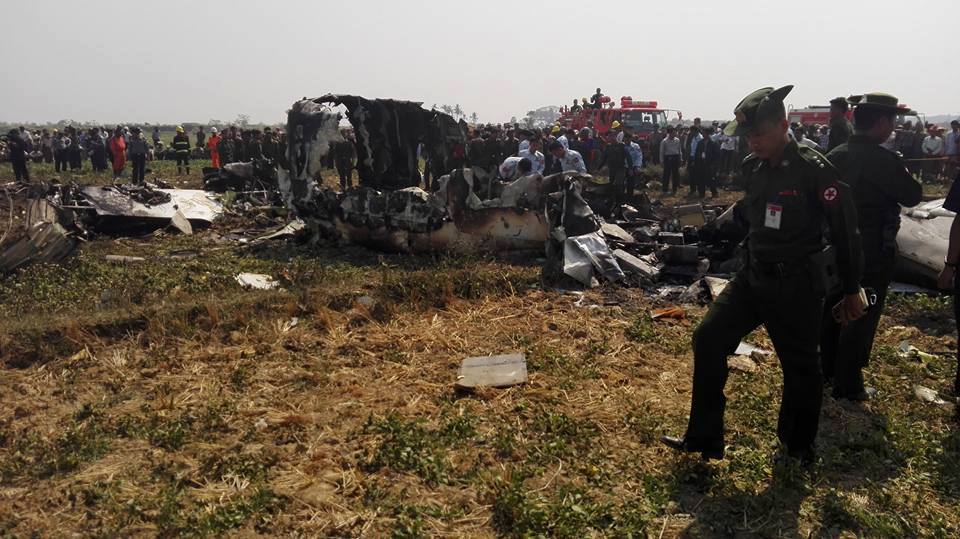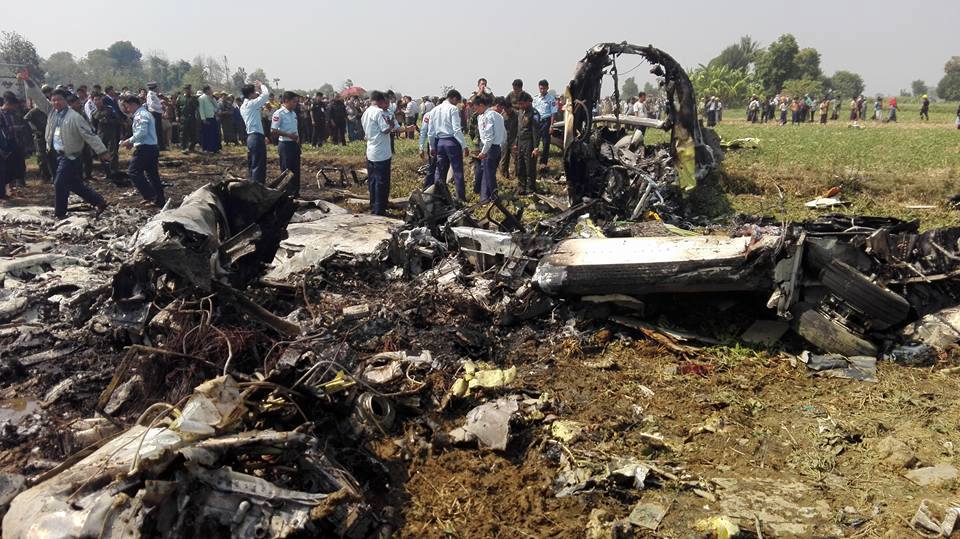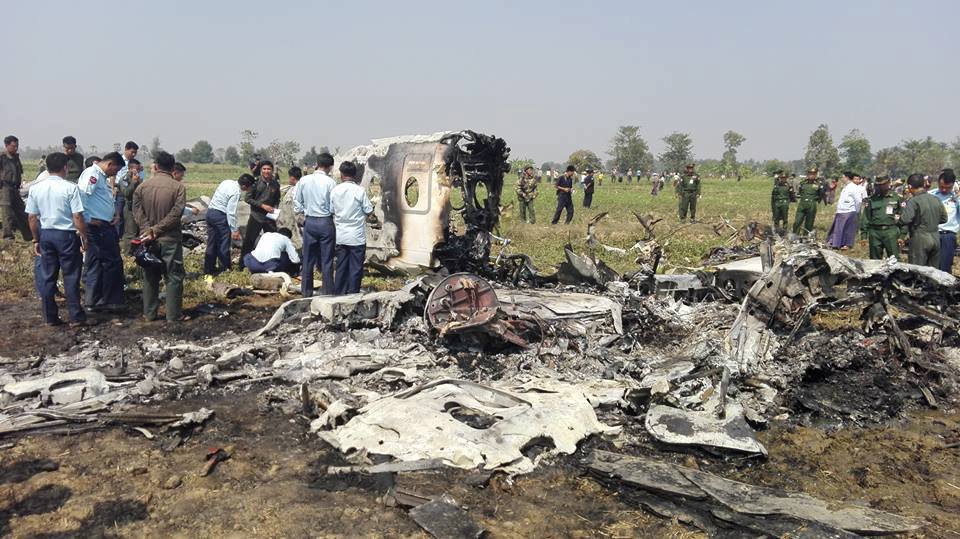Country
Crash of a Beechcraft 1900D in Gander
Date & Time:
Apr 20, 2016 at 2130 LT
Registration:
C-FEVA
Survivors:
Yes
Schedule:
Goose Bay – Gander
MSN:
UE-126
YOM:
1994
Crew on board:
2
Crew fatalities:
Pax on board:
14
Pax fatalities:
Other fatalities:
Total fatalities:
0
Captain / Total hours on type:
1031.00
Copilot / Total hours on type:
174
Aircraft flight hours:
32959
Circumstances:
The Exploits Valley Air Services Beechcraft 1900D (registration C-FEVA, serial number UE-126), operating as Air Canada Express flight EV7804, was on a scheduled passenger flight from Goose Bay International Airport, Newfoundland and Labrador, to Gander International Airport, Newfoundland and Labrador. At 2130 Newfoundland Daylight Time, while landing on Runway 03, the aircraft touched down right of the centreline and almost immediately veered to the right. The nosewheel struck a compacted snow windrow on the runway, causing the nose landing gear to collapse. As the aircraft’s nose began to drop, the propeller blades struck the snow and runway surface. All of the left-side propeller blades and 3 of the right-side propeller blades separated at the blade root. A portion of a blade from the right-side propeller penetrated the cabin wall. The aircraft slid to a stop on the runway. All occupants on board — 14 passengers and 2 crew members — were evacuated. Three passengers sustained minor injuries. The aircraft was substantially damaged. There was no post-impact fire. There were insufficient forward impact forces to automatically activate the 121.5 MHz emergency locator transmitter. The accident occurred during the hours of darkness.
Probable cause:
Findings as to causes and contributing factors:
1. Neither pilot had considered that the combination of landing at night, in reduced visibility, with a crosswind and blowing snow, on a runway with no centreline lighting, was a hazard that may create additional risks.
2. The blowing snow made it difficult to identify the runway centreline markings, thereby reducing visual cues available to the captain. This situation was exacerbated by the absence of centreline lighting and a possible visual illusion caused by blowing snow.
3. Due to the gusty crosswind conditions, the aircraft drifted to the right during the landing flare, which was not recognized by the crew.
4. It is likely that the captain had difficulty determining aircraft position during the landing flare.
5. The flight crew’s decision to continue with the landing was consistent with plan continuation bias.
6. During landing, the nosewheel struck the compacted snow windrow on the runway, causing the nose landing gear to collapse.
Findings as to risk:
1. If aircraft are not equipped with a 406 MHz-capable emergency locator transmitter, flight crews and passengers are at increased risk of injury or death following an accident because search-and-rescue assistance may be delayed.
2. If operators do not have defined crosswind limits, there is a risk that pilots may land in crosswinds that exceed their abilities, which could jeopardize the safety of flight.
3. If composite propeller blades contact objects and separate, and then strike or penetrate the cabin, there is a risk of injury or death to occupants seated in the propeller’s plane of rotation.
4. If modern crew resource management training is not a regulatory requirement, then it is less likely to be introduced by operators and, as a result, pilots may not be fully prepared to recognize and mitigate hazards encountered during flight.
5. If organizations do not use modern safety management practices and do not have a robust safety culture, then there is an increased risk that hazards will not be identified and mitigated.
6. When testing an emergency locator transmitter’s (ELT) automatic activation system, a sticking g-switch may go undetected if more than 1 football throw is necessary to activate the ELT. As a result, the ELT might not activate during an accident, and search-and-rescue assistance may be delayed, placing flight crews and passenger at an increased risk for injury or death.
1. Neither pilot had considered that the combination of landing at night, in reduced visibility, with a crosswind and blowing snow, on a runway with no centreline lighting, was a hazard that may create additional risks.
2. The blowing snow made it difficult to identify the runway centreline markings, thereby reducing visual cues available to the captain. This situation was exacerbated by the absence of centreline lighting and a possible visual illusion caused by blowing snow.
3. Due to the gusty crosswind conditions, the aircraft drifted to the right during the landing flare, which was not recognized by the crew.
4. It is likely that the captain had difficulty determining aircraft position during the landing flare.
5. The flight crew’s decision to continue with the landing was consistent with plan continuation bias.
6. During landing, the nosewheel struck the compacted snow windrow on the runway, causing the nose landing gear to collapse.
Findings as to risk:
1. If aircraft are not equipped with a 406 MHz-capable emergency locator transmitter, flight crews and passengers are at increased risk of injury or death following an accident because search-and-rescue assistance may be delayed.
2. If operators do not have defined crosswind limits, there is a risk that pilots may land in crosswinds that exceed their abilities, which could jeopardize the safety of flight.
3. If composite propeller blades contact objects and separate, and then strike or penetrate the cabin, there is a risk of injury or death to occupants seated in the propeller’s plane of rotation.
4. If modern crew resource management training is not a regulatory requirement, then it is less likely to be introduced by operators and, as a result, pilots may not be fully prepared to recognize and mitigate hazards encountered during flight.
5. If organizations do not use modern safety management practices and do not have a robust safety culture, then there is an increased risk that hazards will not be identified and mitigated.
6. When testing an emergency locator transmitter’s (ELT) automatic activation system, a sticking g-switch may go undetected if more than 1 football throw is necessary to activate the ELT. As a result, the ELT might not activate during an accident, and search-and-rescue assistance may be delayed, placing flight crews and passenger at an increased risk for injury or death.
Final Report:
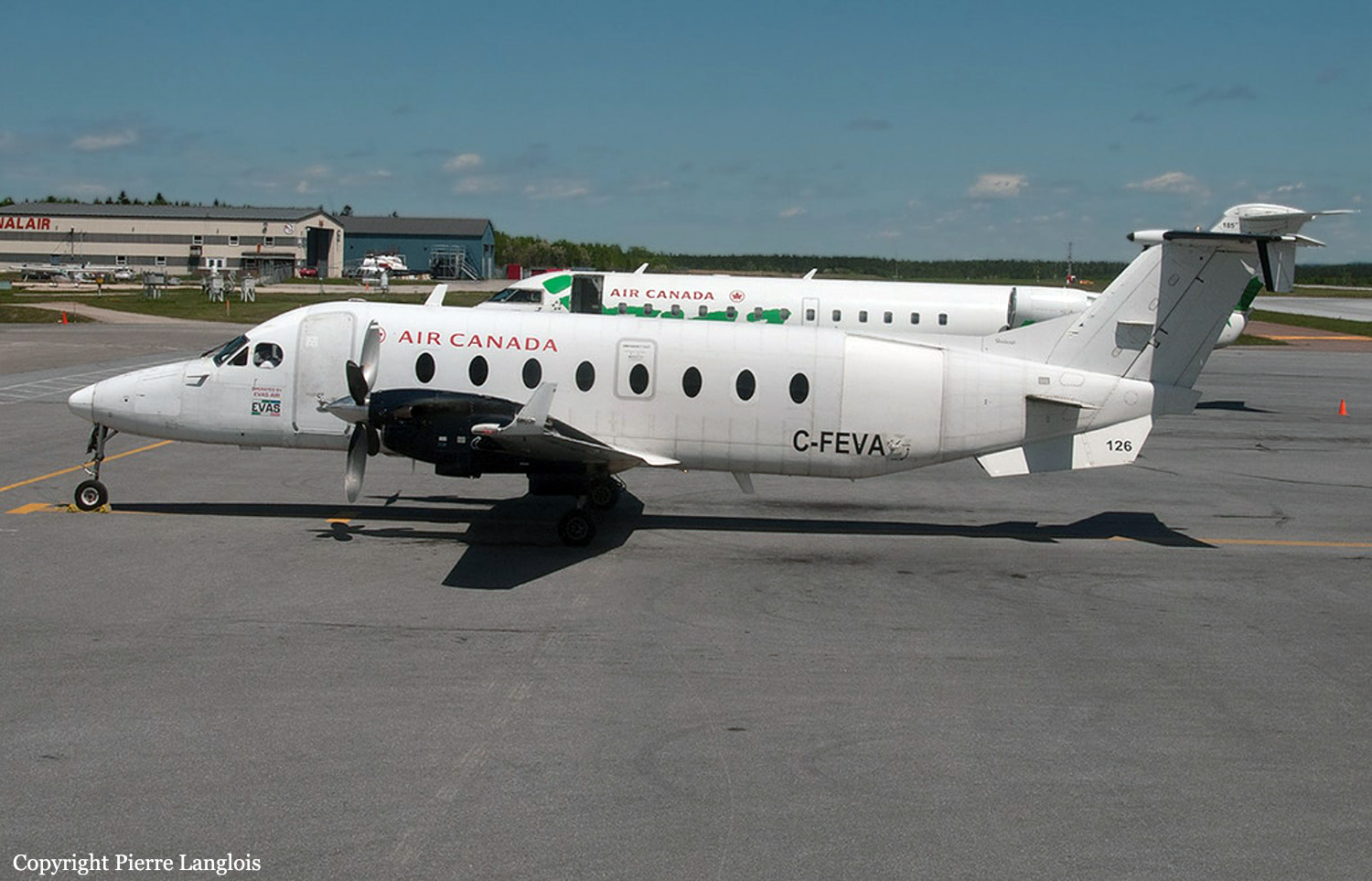
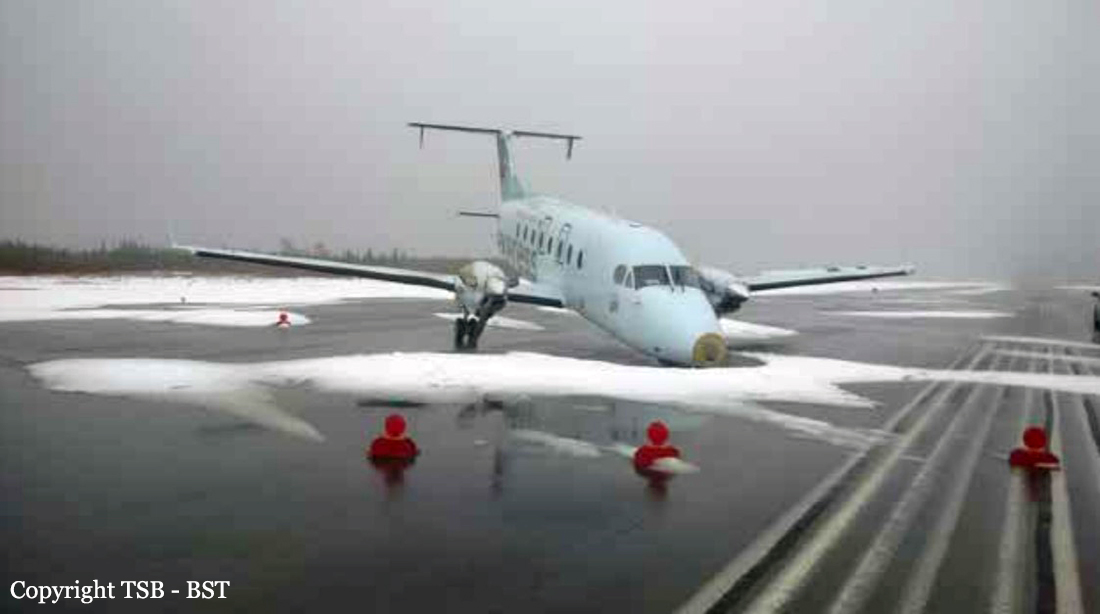
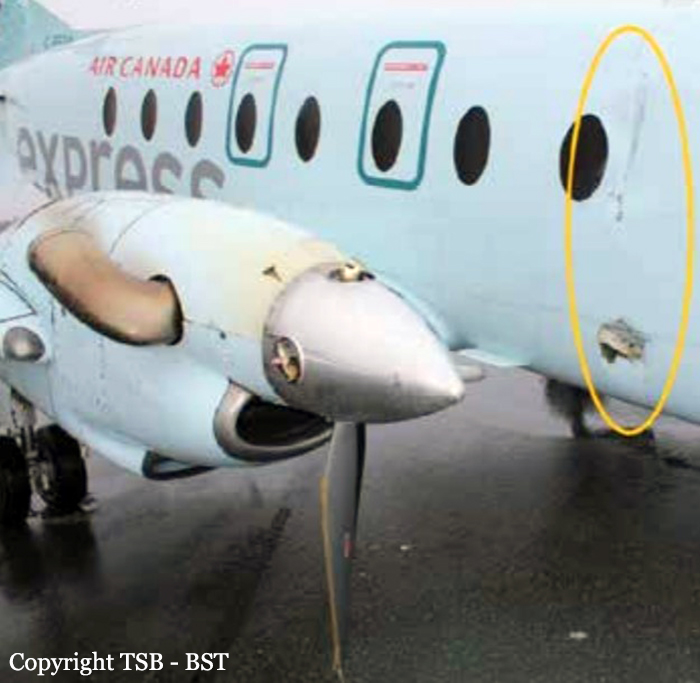
Crash of a Beechcraft 1900D in Karachi
Date & Time:
Mar 18, 2016 at 0820 LT
Registration:
AP-BII
Survivors:
Yes
Schedule:
Karachi – Sui
MSN:
UE-45
YOM:
1993
Crew on board:
3
Crew fatalities:
Pax on board:
18
Pax fatalities:
Other fatalities:
Total fatalities:
0
Captain / Total hours on type:
717.00
Copilot / Total hours on type:
245
Aircraft flight hours:
19574
Aircraft flight cycles:
30623
Circumstances:
The Aircraft Sales and Services (Private) Limited (ASSL) aircraft Beechcraft-1900D Registration No. AP-BII was scheduled for a chartered flight on 18th March, 2016 from Karachi to Sui. Just after takeoff from runway 25L at 0820 hrs local time, the crew observed power loss of right engine and made a gear up landing on the remaining runway on the right side of centreline. After touchdown, the aircraft went off the runway towards right side and then came back on the runway before coming to a final stop 1,050 feet short from the end of runway. The Captain and one passenger received serious injuries due to hard impact of the aircraft with ground. All other passengers and technician remained unhurt.
Probable cause:
The investigation therefore, concludes that:
- Some internal malfunction of the Propeller Governor Part No. 8210-410 Serial No. 2490719 was the cause of experienced uncommanded auto feather. However, exact cause of the occurrence could not be determined.
- Continuing take off below V1 speed (104kts) after encountering engine malfunction and after takeoff raising flaps below recommended height (400ft AGL) lead to decrease in lift and unsustainability of flight.
- Some internal malfunction of the Propeller Governor Part No. 8210-410 Serial No. 2490719 was the cause of experienced uncommanded auto feather. However, exact cause of the occurrence could not be determined.
- Continuing take off below V1 speed (104kts) after encountering engine malfunction and after takeoff raising flaps below recommended height (400ft AGL) lead to decrease in lift and unsustainability of flight.
Final Report:


Crash of a Beechcraft 1900D in Naypyidaw: 5 killed
Date & Time:
Feb 10, 2016 at 0940 LT
Registration:
4601
Survivors:
No
Schedule:
Naypyidaw – Namhsan
MSN:
UE-177
YOM:
1995
Crew on board:
2
Crew fatalities:
Pax on board:
3
Pax fatalities:
Other fatalities:
Total fatalities:
5
Circumstances:
Shortly after takeoff from Naypyidaw Airport, while climbing to an altitude of about 500 feet, the aircraft entered an uncontrolled descent and crashed in an open field located 600 metres past the runway end, bursting into flames. Four occupants were killed while a passenger was seriously injured and evacuated to a local hospital. He died from his injuries few hours later. Used for emergency flights, the airplane was carrying three officers to Namhsan, Shan State, to assist with the aftermath of a fire there. Those officers who were killed were Major Aung Kyaw Moe, Captain Aung Paing Soe and Captain Htin Kyaw Soe.
